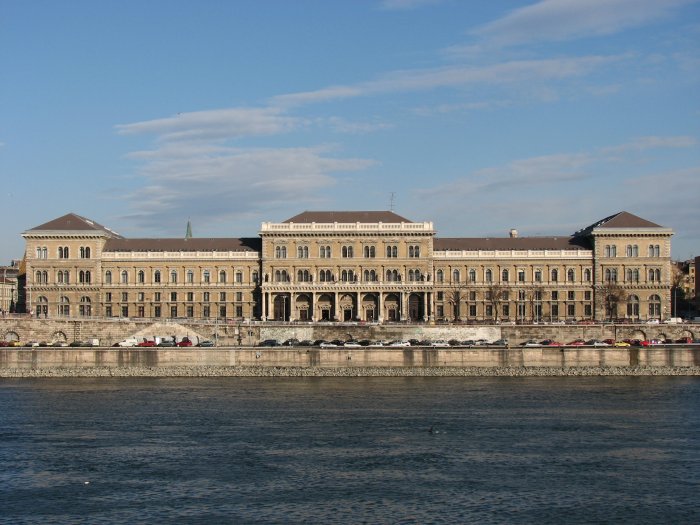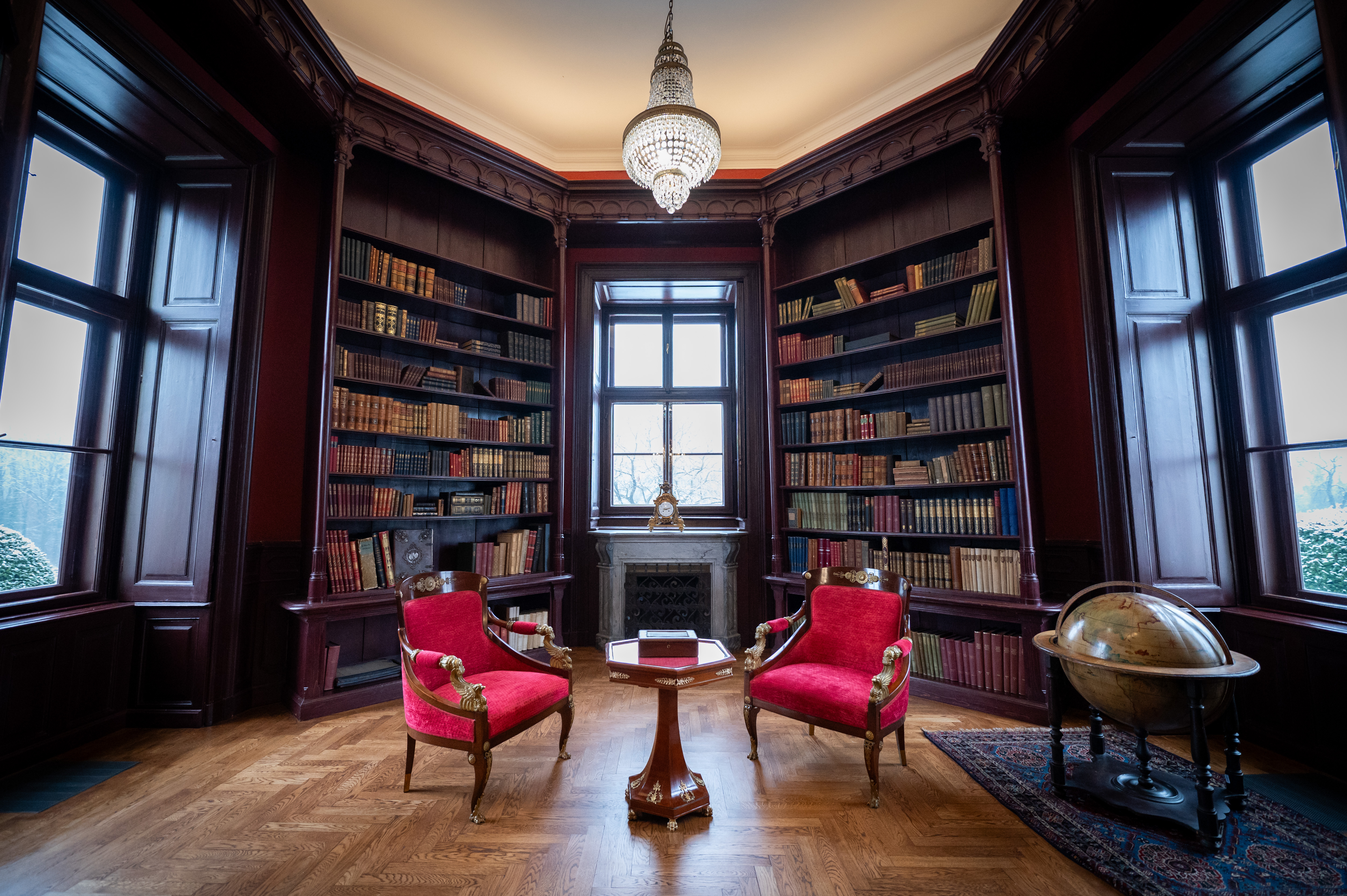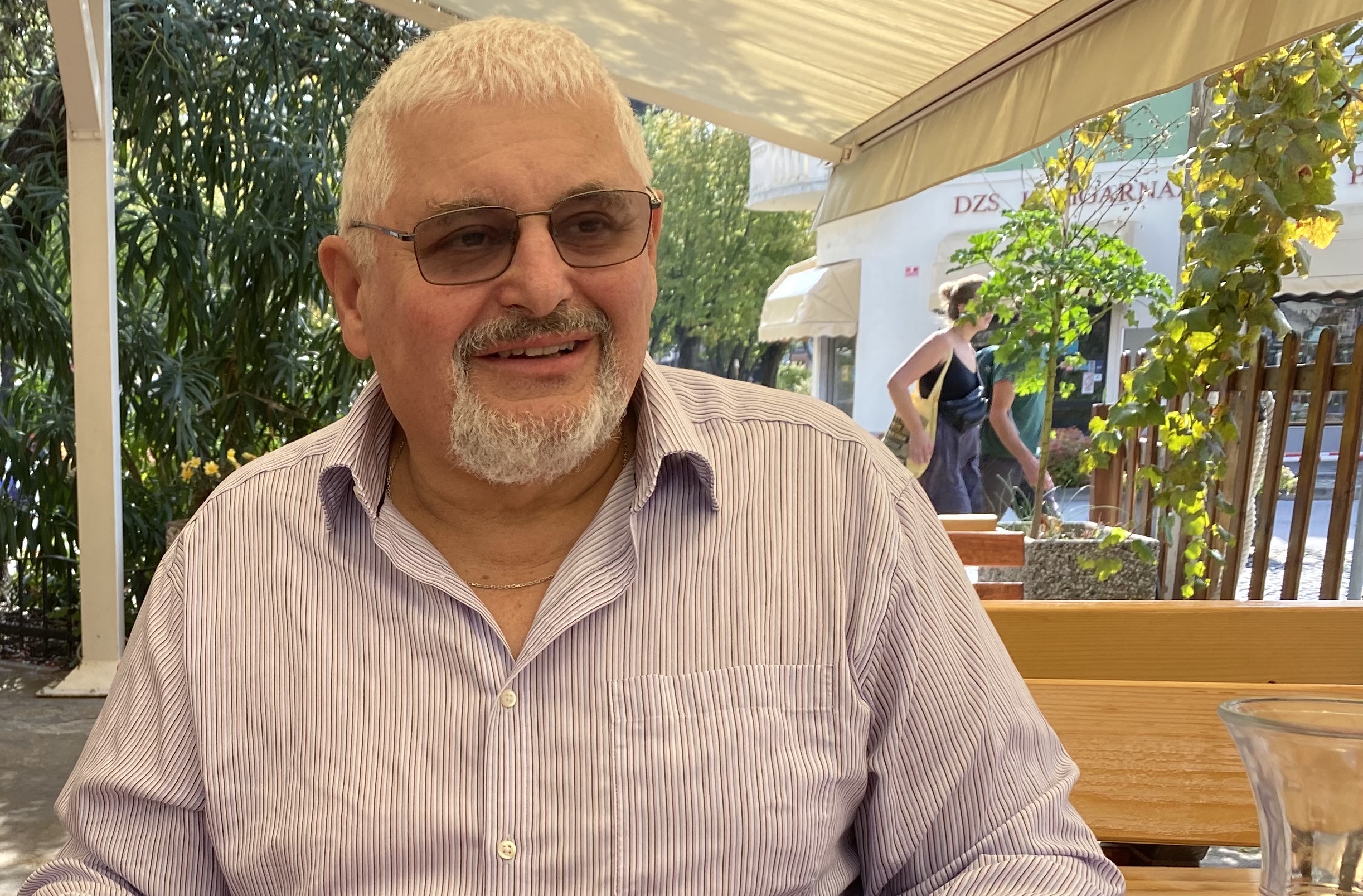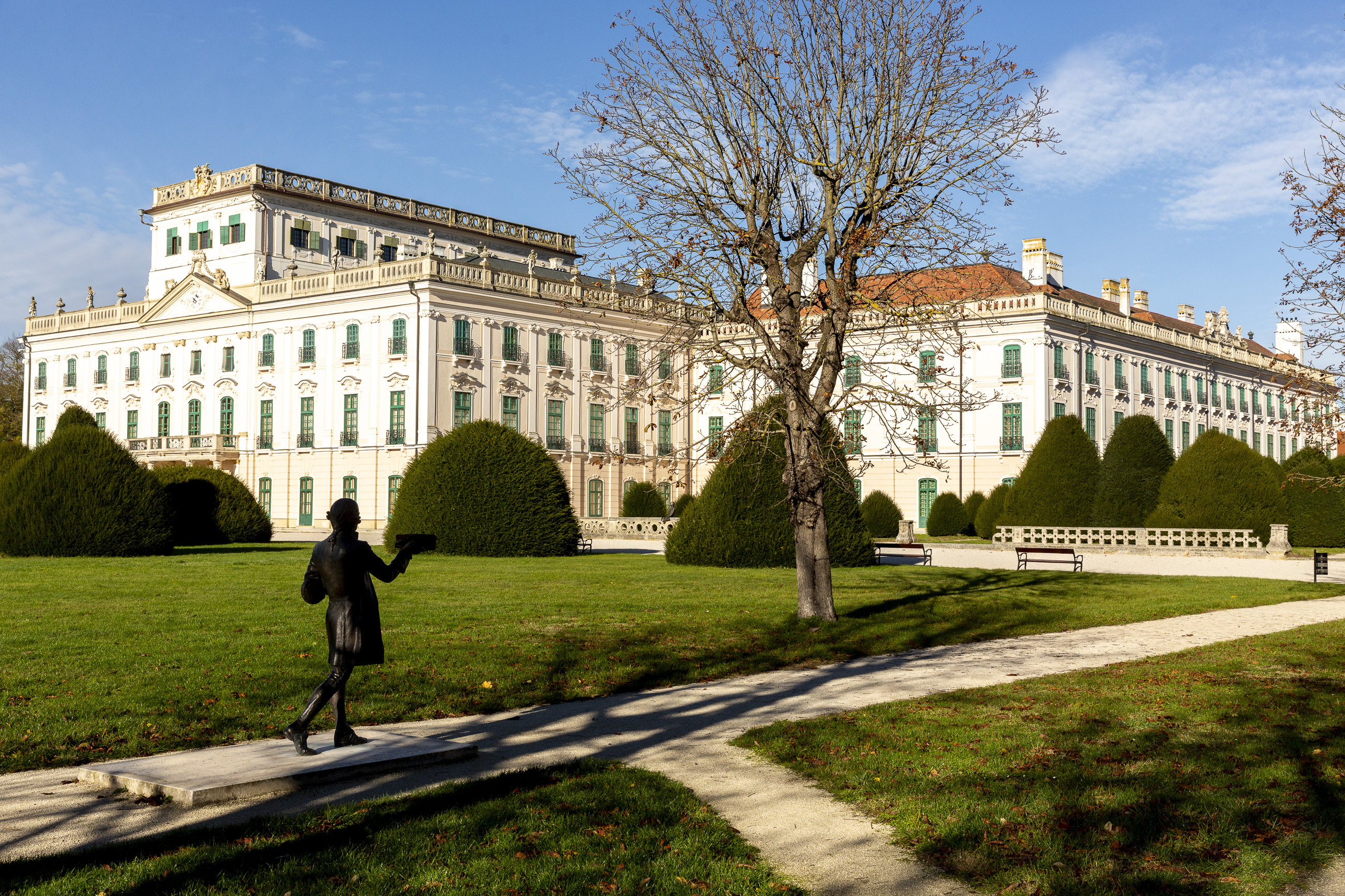Introducing 3 Secretly Influential Hungarians
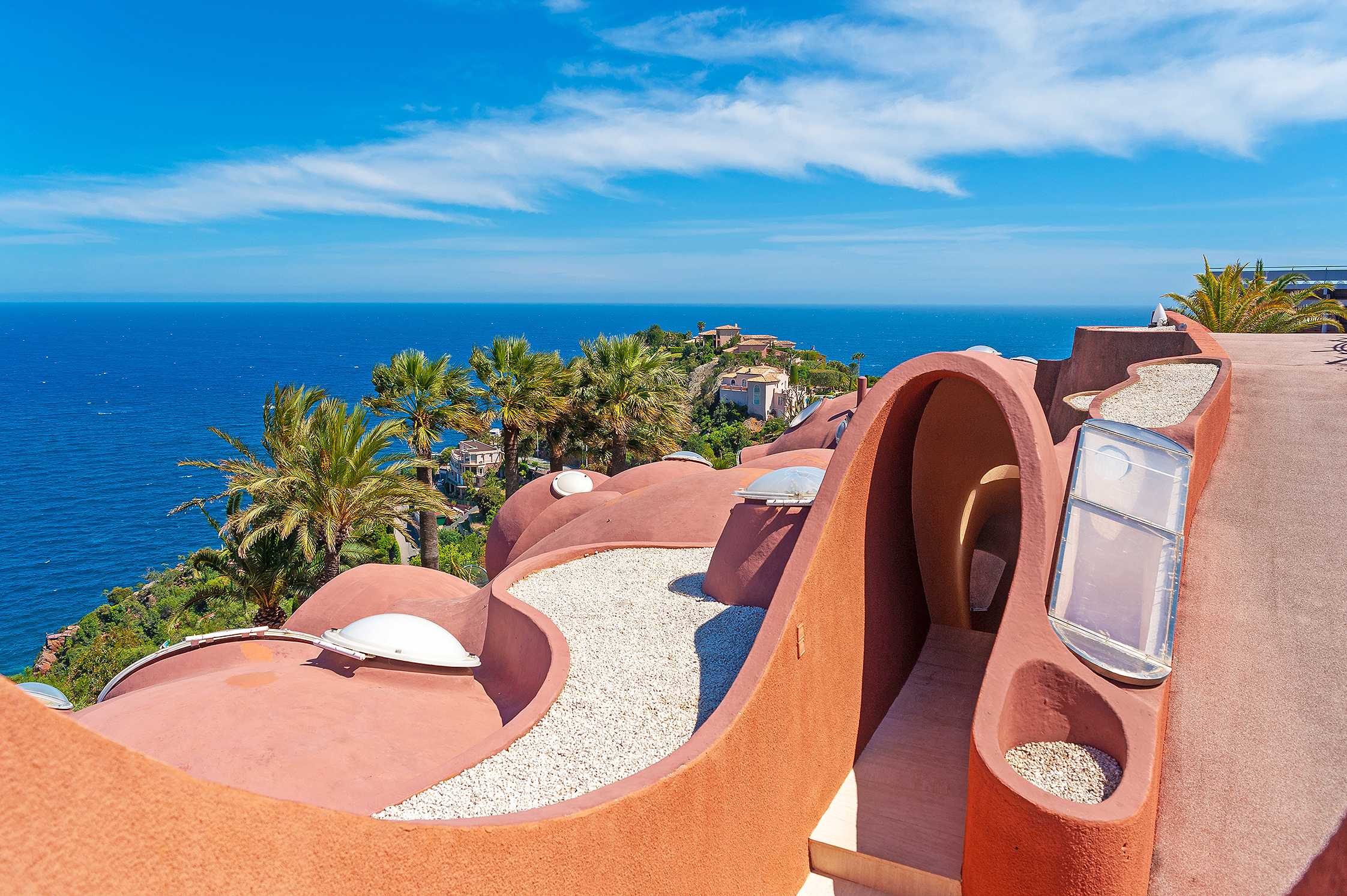
Architectural detail of the Palais Bulles with its Mediterranean panorama close to Theoule-sur-Mer, France.
Photo by Juergen Wackenhut / Shutterstock.com
Spend enough time in this country and Hungarian pride in famous people with Magyar origins begins to rub off on you. I’ve gone way beyond being satisfied by announcing that Albert Szent-Györgyi, who discovered ascorbic acid or vitamin C, did so in Szeged in the 1930s, or that Drew Barrymore’s mother was Hungarian, as was Goldie Hawn’s.
Recently, I’ve made three deeply satisfying discoveries concerning the Hungarian origins of the unlikeliest of characters: American painter Georgia O’Keeffe, writer Alexander Lenard and architect Antti Lovag, only the last of whom has a hint of the Hungarian in that name. Each of these influenced their chosen art form in a surprising way.
O’Keeffe is best known for her paintings of giant flowers, landscapes of New Mexico where she lived for many years and New York skyscrapers. She was born in Canada in 1887, one of seven children. Her father was of Irish descent (hence the surname), but her grandfather was George Victor Totto, a Hungarian count who arrived in America in 1848.
I could find out nothing about Totto of any great interest other than the fact that he was born in 1820, the year an 80-ton sperm whale attacked and sunk a whaling ship from Nantucket, Massachusetts 2,000 miles off the cost of South America. This story partly inspired Herman Melville’s classic novel Moby-Dick. Melville, however, had no Magyar blood.
Although she lived to be almost 100, O’Keeffe was a legendary figure and inspiration to women as early as the 1920s. This was as much for her free spirit as it was for art, which embraced abstraction along with the flower paintings and landscapes. An exhibition of photographs of O’Keeffe by her lover (and future husband) photographer Alfred Stieglitz in 1921 caused a sensation because many of the photographs were nudes.
One of the portraits of O’Keeffe by Stieglitz shows her gazing into the camera. Her eyes are intelligent and slightly hooded. Her nose is heroic. She looks Hungarian.
No Choice
While Georgia O’Keeffe’s grandfather had sailed to America to seek his fortune, Alexander Lenard, born in Budapest in 1910, had no choice but to leave Hungary. He was studying medicine in Vienna in 1938 when the German Anschluss forced him to leave Austria for Italy. Lenard was Jewish and heading back to Budapest wasn’t an option.
In Italy, Lenard traded his medical knowledge in exchange for food and shelter while spending his time in the Vatican library in Rome reading Latin. He read so much that Latin became second nature to him.
In 1951, Lenard emigrated to Brazil with his Italian wife and settled in the Dona Irma valley, in the municipality of Santa Catarina. The daughter of a local resident who Lenard was tutoring in Latin complained that she had nothing to read, spurring Lenard to translate Winnie The Pooh into Latin. Lenard worked on his translation for seven years. Unable to find a publisher, he printed his book privately. Its reputation spread by word of mouth until it became a bestseller.
In the foreword to Lenard’s The Valley of the Latin Bear, one of the books that followed the translation of Winnie The Pooh, the poet and author Robert Graves described Lenard as “like most educated Hungarians of his generation, a polyglot; writes a very lucid, unaffected English, speaks it without any discernible accent. He has a well-knit body, a quiet laugh, an iron-gray curly beard, and two dedicated professions: medicine and poetry.”
Eclectic Hint
I was alerted to my last discovery by my Hungarian partner whose Instagram feed is extraordinarily eclectic. She found out that the architect of the “Palais Bulles” or “Bubble Palace,” Pierre Cardin’s home in the south of France which, after his death on December 29 last year, went on the market priced at around USD 390 million, was Hungarian architect Antti Lovag, born in Budapest in 1920.
Lovag, known for his organic architecture, arrived in France in the late 1940s. Working with Jacques Couëlle in the 1960s, he was exposed to organic architecture. He took this to extraordinary heights with Maison Bernard (later renamed Palais Bulles) in Théole sur Mer, on the south French coast, built for the industrialist Pierre Bernard.
The mansion, begun by Lovag in 1975, took 14 years to build. According to Wikipedia, it was sold it to Pierre Cardin in 1991, two years after completion, following Bernard’s death. Cardin himself never lived in the house, preferring a residence nearby, but he did use it for entertaining.
Quoted in “Architectural Digest,” Hugh Wade-Jones, managing director of Enness Global Mortgages, says that Palais Bulles faces an uncertain future.
“The Palais Bulles is undoubtedly an iconic piece of real estate; however, the predominant opinion is that the property is a bit of a white elephant,” he said. “It’s architecturally incredible, but largely impractical for residential living and would require a huge amount of work to remedy that.”
Lovag himself didn’t appear to care about the practicalities of designing homes for clients. He said, “I have three conditions I’m obliged to respect: I don’t know what it’s going to look like, I don’t know when it’s going to be finished, and I don’t know how much it’s going to cost.”
Despite the almost absurd use of bubble shapes at Palais Bulles, Lovag was deadly serious. He was trying to overturn the tyranny of the cube in architecture, arguing that “the circle structures the way human life is carried out.”
I began this article as a celebration of the simple fact that O’Keeffe, Lenard and Lovag were Hungarian and made their mark on the world beyond this country’s borders. Thinking about it more deeply, I realize that all three were true artists whose work was more about artistic expression than anything else. This adds up to a certain kind of search for purity and freedom from material constraints that, for me, is an essential part of the Hungarian émigré spirit.
This article was first published in the Budapest Business Journal print issue of February 26, 2021.
SUPPORT THE BUDAPEST BUSINESS JOURNAL
Producing journalism that is worthy of the name is a costly business. For 27 years, the publishers, editors and reporters of the Budapest Business Journal have striven to bring you business news that works, information that you can trust, that is factual, accurate and presented without fear or favor.
Newspaper organizations across the globe have struggled to find a business model that allows them to continue to excel, without compromising their ability to perform. Most recently, some have experimented with the idea of involving their most important stakeholders, their readers.
We would like to offer that same opportunity to our readers. We would like to invite you to help us deliver the quality business journalism you require. Hit our Support the BBJ button and you can choose the how much and how often you send us your contributions.



